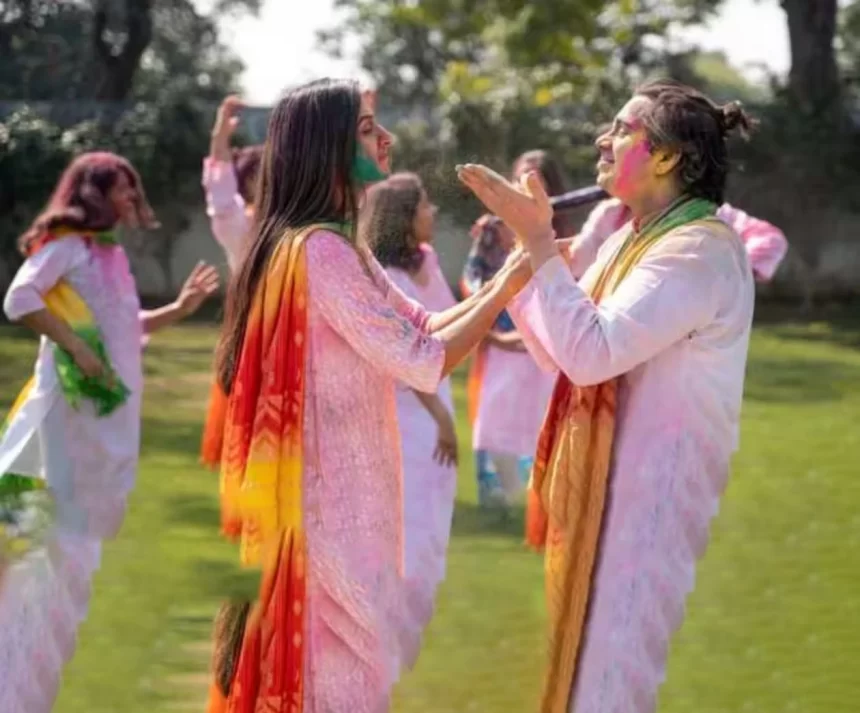Holi, the festival of colours, is just around the corner and we can’t wait to celebrate this vibrant festival with family and friends. One of the biggest festivals in India after Diwali, it is celebrated with great fanfare by Hindus around the world. Two days are devoted to the festivities, with Dhulandi or Rangwali Holi coming after Choti Holi or Holika Dahan. It marks the victory of good over evil. It takes place in the Hindu month of Phalgun, which falls between February and March. People celebrate the day with balloons, flowers, water and colours. Adults and children apply gulal to each other and ask their elders for blessings. From history to significance, scroll down to know more
This year, Holi falls on Monday, March 25, and Holika Dahan falls on March 24. According to Drik Panchang, the auspicious timings are as follows:
Holi is a festival celebrating the triumph of good over evil and the heavenly love shared by Lord Krishna and Radha. It is also celebrated as a harvest festival to honour the arrival of spring and the end of winter. According to Hindu mythology, Radha was extremely fair and Lord Krishna had a dark complexion. Because of their different skin tones, Krishna often worried about whether Radha would accept him and complained to his mother Yashoda. Yashoda once jokingly


Leave a Reply